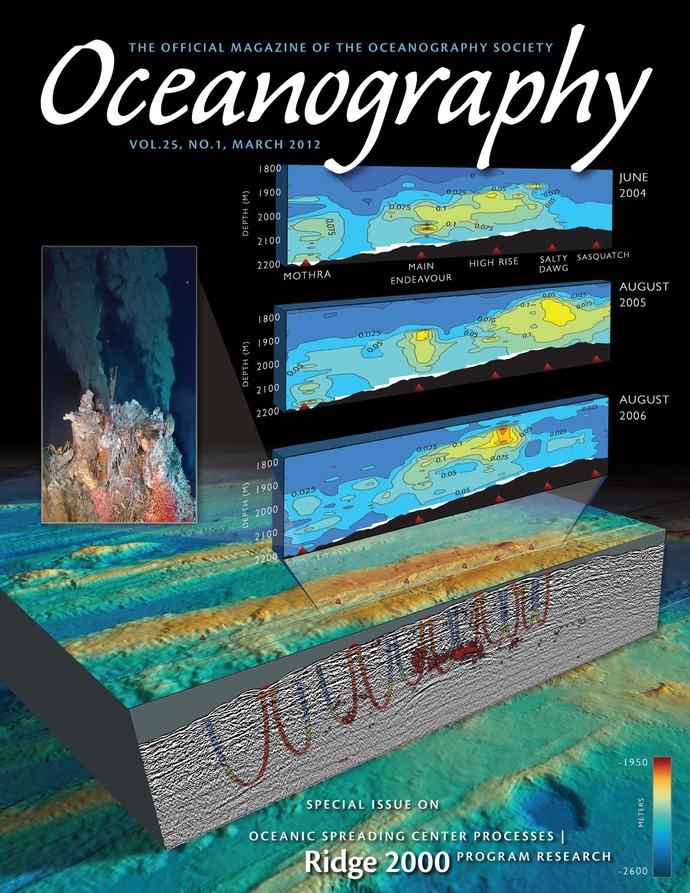Submarie Volanoes Vents and Life

At least 70% of the volcanism on Earth is largely hidden under the oceans surface. Much of my research focuses on understanding how volcanoes and life evolve.
For decades I have been fascinated by submarine volcanism and how these dynamic systems support life in the absence of sunlight. Early on, my research focused on understanding the evolution of magmatic volatiles as melt within magma chambers transitioned from basaltic to near granitic-like compositions. Examining small capsules of trapped magmatic and seawater-derived hydrothermal fluids in different minerals, I traced the "volatile lines of decent" within mid-ocean ridge magma chambers, and documented boiling, supercritical phase separation and copper-rich brines identical to porphyry copper systems in rocks from numerous mid-ocean ridge systems. My current work focuses on understanding the evolution of underwater volcanoes, the hydrothermal systems that they host and novel non-volcanic hydrothermal systems such as the Lost City Hydrothermal Field. This field is like none other yet found, hosting limstone pinnacles that rise 180 ft off the seafloor and which have been active for >120,000 years. I have been blessed to work with fine engineers that helped me develop a microbial incubator to examine the extreme in situ conditions under which life thrives, survives and expires within the walls of black smoker systems. I am fascinated by microbial blooms associated with underwater eruptions, the flux of volatiles during these events and how microbial biofilms evolve in the subsurface prior, during and following the eruptions. My main focus currently is the installation and 25-year operation of the US first underwater high power and bandwidth cabled observatory off the Oregon Coast. This system, when fully operational in 2014 will host > 100 instruments on the seafloor and throughout the water column. It will forever change the way we view the oceans, providing 24/7 real-time data to the Internet.



